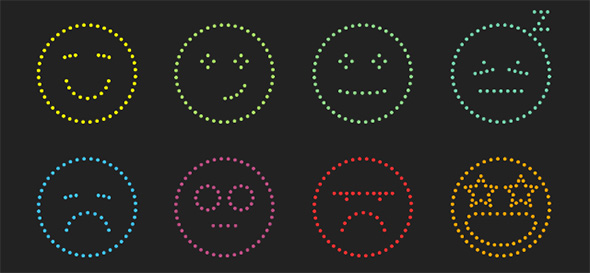How happy do our cities need to be?
Urbanisation is sexy. We see cities, planners, mayors competing for prominence, for recognition and for a unique selling point for their cities. In this new era of urban optimism and architecture as a city statement, we are moving away from judging or defining a city by its crime rates or its lack of public services. We now talk about liveable cities, best quality of life, or perhaps even better still, happy cities.
The town of Sheffield in the UK was once a booming centre of steel production, which saw a huge depression in the 1970s and 1980s when international competition caused a steep decline in the industry. Coincided with the collapse of the coal mining in the area, Sheffield came to epitomise a depressed northern city. Like many declining industrial cities around the world, it sought to reinvent, redevelop and reposition itself. In 2013, it was named the UK’s happiest city and today Sheffield wants to tell the world how happy it is. Beamed onto the side of the City Hall is a “happiness clock” (see picture) which is said to measure the city’s happiness using data from all tweets that have come from the area.

Screenshot www.happysheffield.co.uk
Dr Chris Blackmore one of the academics at the University of Sheffield that is behind the project, claims the display indicates not only the current mood but an emotional map of recent tweets. Around 20% of the city’s inhabitants use Twitter and putting the text through an affect-analysis programme is said to give you a reading of the emotional temperature of the town. Using this algorithm Blackmore found out that the city is at its happiest between 6am and 8am – “the waking up, the early-morning commute, the first hour or two of the day”.
Blackmore is a teacher and researcher in the University’s School of Health and Related Research. He’s interested in mental health, particularly the role of emotions in online learning, and how the internet affects our wellbeing.“Some will think we are forcing happiness down their throats,” Blackmore admits. But happiness, and the jaunty emoji-style readouts of the city’s mood, he says, are just a way into a conversation. He imagines people, “in private, will almost take the next step: ‘I’ve realised there is a big gap between what my Twitter is saying about me and what I think about me, and I know I need to do something about that … to live authentically.’
The lesson to be learned for how we will live comes from the world of mindfulness. As the American professor and mindfulness advocate Jon Kabat-Zinn, says, “mindfulness is about paying attention to what you are paying attention to”. In Sheffield the hope is that if you give people a platform or a mirror for their collective emotions and behaviour you make people more aware of their actions and emotions and the effect those actions have on their lives and those around them. And create a more mindful, happy city.
Hinweis:
Gerne dürfen Sie diesen Text nachdrucken oder zitieren.
Wir bitten um Mitteilung an m.nemeth@zukunftsinstitut.de
